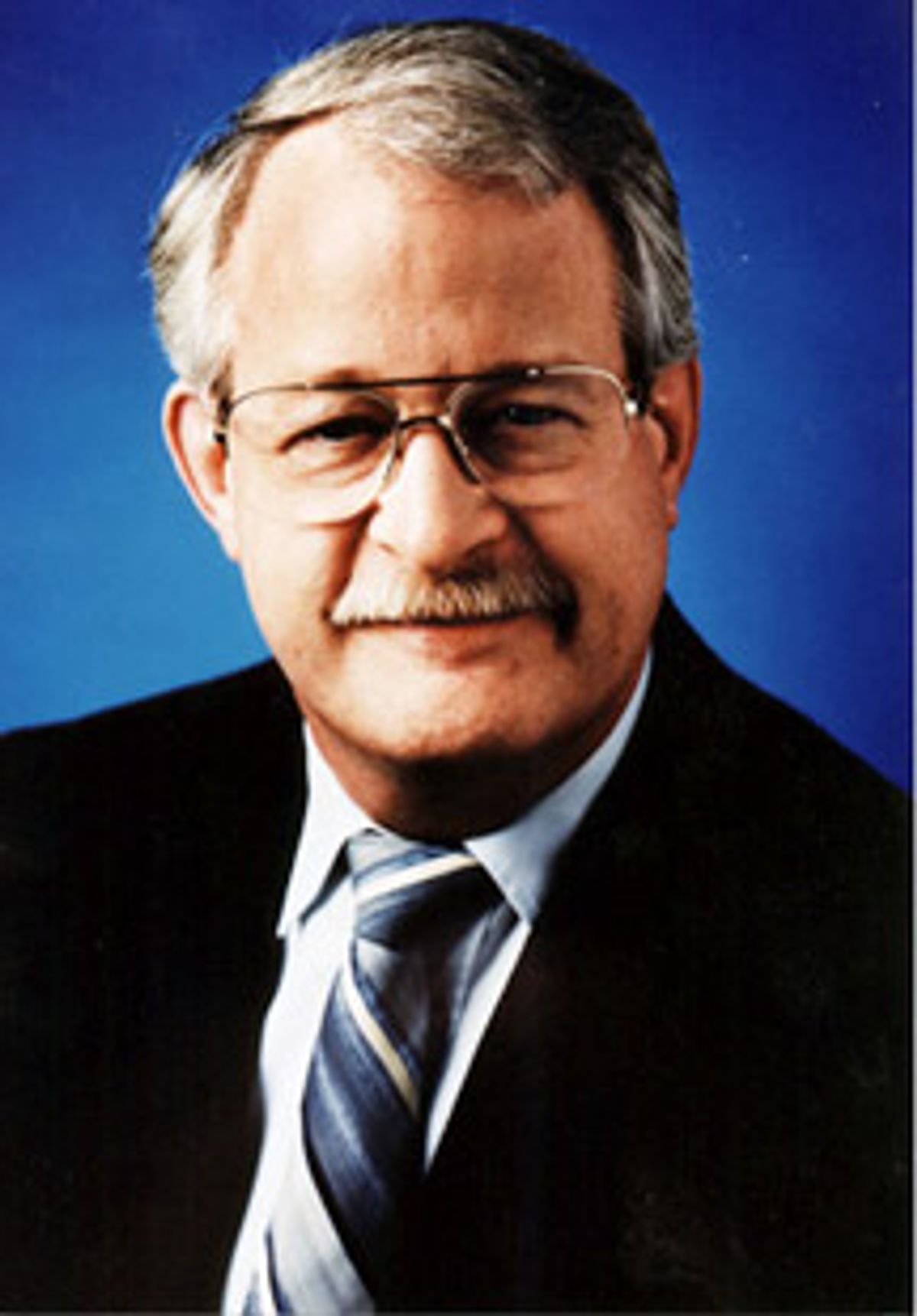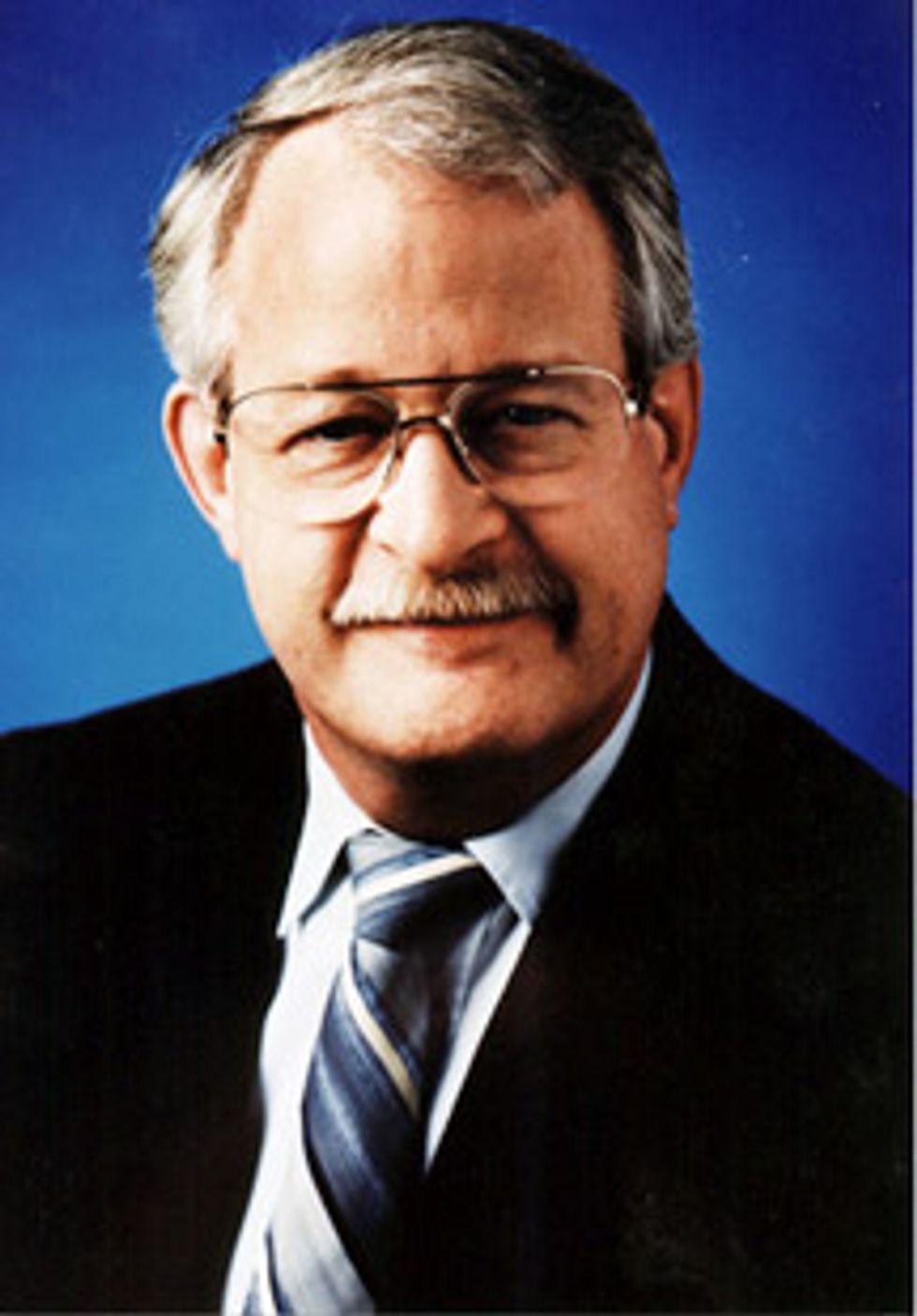On 15 April, NASA got its long-awaited marching orders from President Obama. The agency is to send people to Mars using a series of ”stepping-stone” destinations that are themselves of interest: Lagrange points, near-Earth asteroids, and Martian moons. The plan is pretty much exactly what Planetary Society president Wesley T. Huntress Jr. proposed in 2004. James Oberg corresponded with Huntress following President Obama’s introduction of the plan.
IEEE Spectrum: How do you feel about the new NASA space plan?
Wesley T. Huntress: I am absolutely delighted with the new direction NASA has received. And the president demonstrated with his visit [to NASA's Kennedy Space Center on 15 April] that he is fully engaged.
Spectrum: How is the president’s attention important?
WTH: This is the first time NASA has enjoyed full administration support since Apollo, and it is crucial for sustainability of the program. I like what he said: ”[By undertaking this strategy,] we will no longer rely on our past achievements and instead embrace a new and bold course of innovation and discovery.” It is exactly the kind of inspiration the space program can bring the entire country.
Spectrum: Why did Constellation—the program to return to the moon—have to die?
WTH: The old Constellation plan was to go back where we had once been, to do only marginally better than we did 40 years ago. It was neither inspirational nor sufficiently challenging for a space program as storied as America’s.
Spectrum: Does this mean the end of dreams for human exploration of the moon?
WTH: Others may go there and follow in our footsteps of long ago. Best of luck to them.
Spectrum: What do you see as the main theme of American spaceflight strategy?
WTH: We want to be in the lead. We want to be out there, farther out than others dare go, clearing a path beyond the moon and onward to Mars. Mars is where the American public really wants us to go, and we can give them a good game, just like we did with getting to the moon in the 1960s.
Spectrum: How does the new plan accomplish this?
WTH: The new plan is to proceed to Mars step-by-step, making ever farther excursions in space as we develop our technological abilities. [We aim to] proceed to intermediate destinations along the way, beginning with trips to lunar orbit, to the Sun-Earth Lagrange points, to near-Earth asteroids, and finally to the Martian moons before that first trip down to the Martian surface.
Spectrum: What role did you play in developing this strategy?
WTH: This is an approach to human exploration that my team proposed in a four-year study by the International Academy of Astronautics (IAA) called ”The Next Steps in Exploring Deep Space,” which was published in early 2004. This same strategy was reemphasized in late 2008 by the Planetary Society’s ”Beyond the Moon: A New Roadmap for Human Space Exploration in the 21st Century.”
Spectrum: And when you heard the policy explained from the White House, how did you feel?
WTH: Those of us who advocated this plan are gratified. We really felt this plan was an affordable, sustainable, commonsense approach to what should come after Apollo and the space station.
Spectrum: Were you surprised by how much it resembled your plan or were you made aware of ongoing policy discussions within NASA?
WTH: I was not aware of any ongoing policy discussions within NASA. After the Augustine report [the ”Review of U.S. Human Spaceflight Plans Committee,” October 2009] showed that Constellation was unaffordable and unsustainable and that there were some bolder and more expansive possibilities to be considered, I was hopeful that the ”flexible approach” option would appeal to the new administration.
Spectrum: Why did you think the administration might go in that direction?
WTH: It just seemed to be the most sensible option even if clearly not the easiest option politically, given Constellation’s entrenchment. But politics is not always sensible. I think the right decision has been made, and I am happy to see the administration put some muscle behind its new plan.
Spectrum: What do you think are the chief strengths of the policy?
WTH: The biggest strengths are first that it proposes a more lofty, challenging, and appealing goal to the American public. Second, it proposes a step-by-step, go-as-you-pay, sustainable plan that can proceed as the technology is developed, not a crash program to ”get here by this date.” Third, it has intermediate and interesting milestones that can be achieved in reasonable timeframes relative to public expectations and political cycles. Fourth, it restores NASA to the agency that it was meant to be—an exploration agency, not a transportation agency, and [an agency that develops] new technologies in a quest that can fire the economic engine of our country. And fifth, it will inspire many more American youngsters to go into science, engineering, and math and to do what has never been done before.
Spectrum: What recommendations from your group were rejected in the new plan?
WTH: In general, pretty much all that we recommended is in the new plan. My key worry was that we had no specific directive to build a heavy launch vehicle, without which we are going nowhere. Now we have a specific plan, and I hope we can have a design well in advance of five years.
Spectrum: How about the president’s plan for commercial human transport into orbit?
WTH: I am less interested in who—government or commercial—builds the transportation system for crew and cargo to low Earth orbit as long as we have one. For crew, perhaps we need a government option as well as a commercial one to reduce risk and have backup options, but for cargo, NASA should no longer be in the trucking business.
Spectrum: Has the stepping-stone strategy evolved on its own in the past two years, and if so, in what ways?
WTH: I don’t know that it has evolved much from our IAA plan other than that the idea seems to have taken this long to gestate and bloom. The intermediate destinations are essentially the same. The sequence is always flexible.
Spectrum: How challenged do you think the U.S. space industry—NASA, contractors, Department of Defense, universities—will be by the proposed strategy? Do you see any chance of slipping into mediocrity?
WTH: Yes, there is a chance of slipping back into mediocrity. The challenge here for Congress, the NASA human exploration centers, and the contractor base entrenched in Constellation is to be flexible and nimble, to turn toward a fundamentally new program—and in the long term, one that is more exciting and sustainable than we have now. If that challenge is not met well in the congressional season this year, we could easily find ourselves back on the old road.
Spectrum: What role do you speculate might be played by partners from the International Space Station (ISS) alliance?
WTH: The ISS alliance is remarkable and unique. It took a great deal of diplomacy to create, and it is now the model for lessons learned on how to proceed farther into space internationally. I would like to think that we can enlarge the ISS partnership to include all the major players and then have that same alliance repeat this same miracle: to devise how not just the United States but an international consortium can proceed beyond low Earth orbit.
Spectrum: Although the moon is not in the critical path your team laid out, do you envision any side branch programs that would expand robot and eventually human activity there?
WTH: Yes. The moon is actually on the path; it is lunar surface ops that are not necessarily critical. Lunar surface excursions should be considered when the resources are available. They should not just be diversionary from the main goal of getting to Mars.
Spectrum: What is important about activities on the moon?
WTH: The moon could be a practice Mars for astronaut operations, and there is a lot of interesting science and exploration development that can be done on the lunar surface. It is a major step for space-faring nations that have never been there, and it seems to me a real opportunity for the United States to partner with and assist those nations that want to go there.
Spectrum: How does preserving the Orion command module development support the infrastructure requirements of the stepping-stones approach?
WTH: No matter what the deep-space destination, a crew habitat will be required. Preserving Orion gets the technology development out to an early start even if it is used only as a return vehicle. We will eventually need a deep-space version of Orion with a long-term habitat. If Earth orbit is used as the ”assembly and stepping-off” point for deep-space missions, astronauts returning to Earth will require a version of Orion whether by rendezvous in Earth orbit or by direct return.
Spectrum: What role does the extended life of the ISS play in developing infrastructure for the stepping-stones?
WTH: It is the research laboratory for finding out how to deal with long-term human spaceflight. It is also the exercise room for deep-space astronaut operational training. And it’s a platform for testing technologies and flight systems that will be required for deep-space missions.
Spectrum: What do you see as the greatest conceptual breakthrough of this endorsement?
WTH: The idea of Mars as the ultimate destination, and the step-by-step approach as the way to get there, have now found their way into policy.
Spectrum: What else would you like engineers and future engineers to know about the selection of this strategy?
WTH: Simply that it provides for a much more exciting and challenging future.
About the Author
James Oberg worked as an aerospace engineer at NASA for 22 years. He switched to journalism in the late 1990s and now makes his living reporting on space for such outlets as Popular Science, NBC News, and of course, IEEE Spectrum.
To Probe Further
The IAA report was published in 2004. James Oberg described the report in detail.

